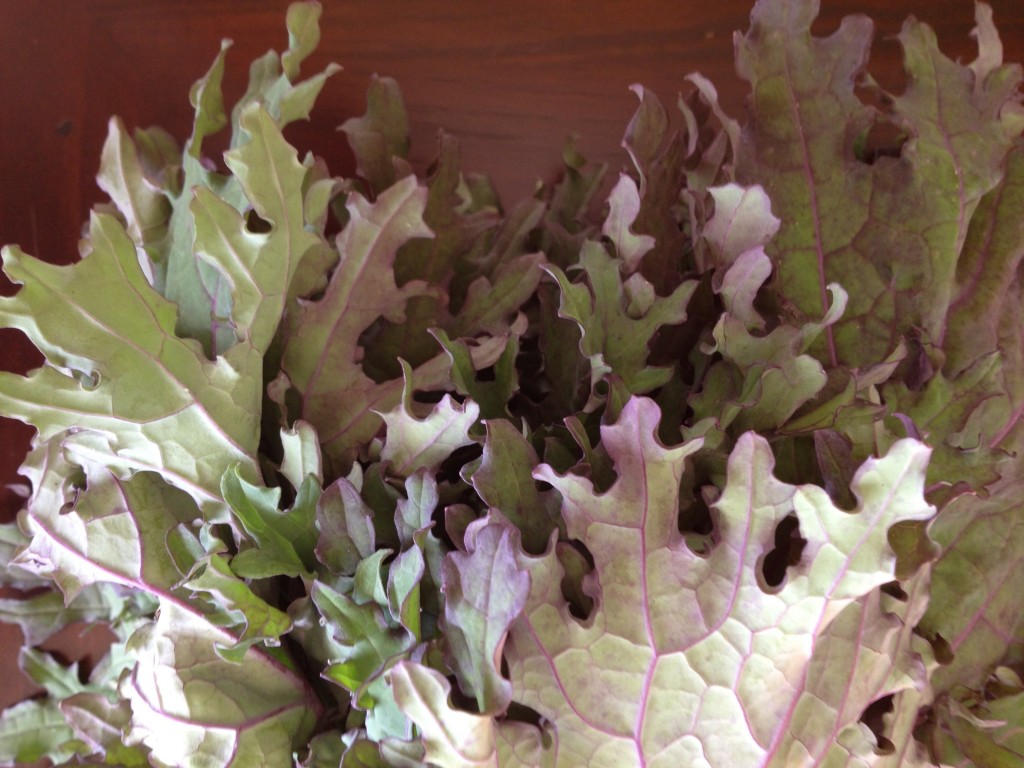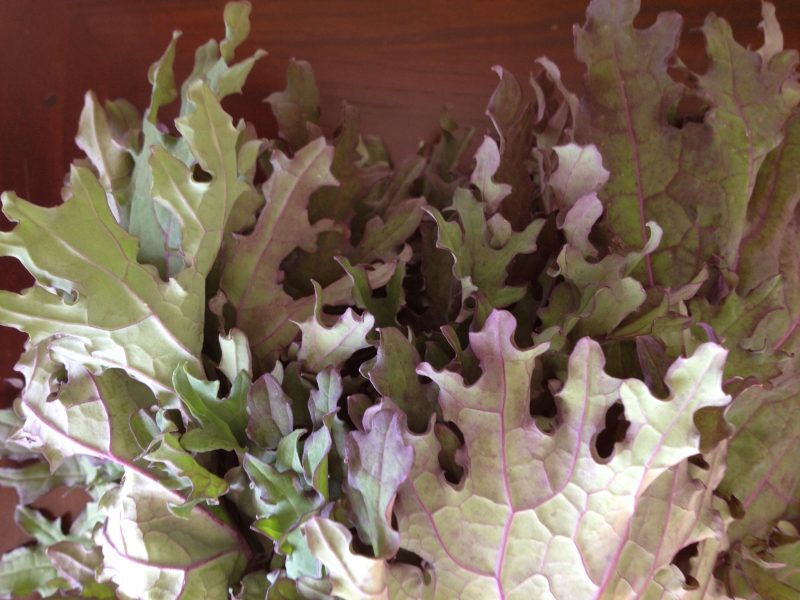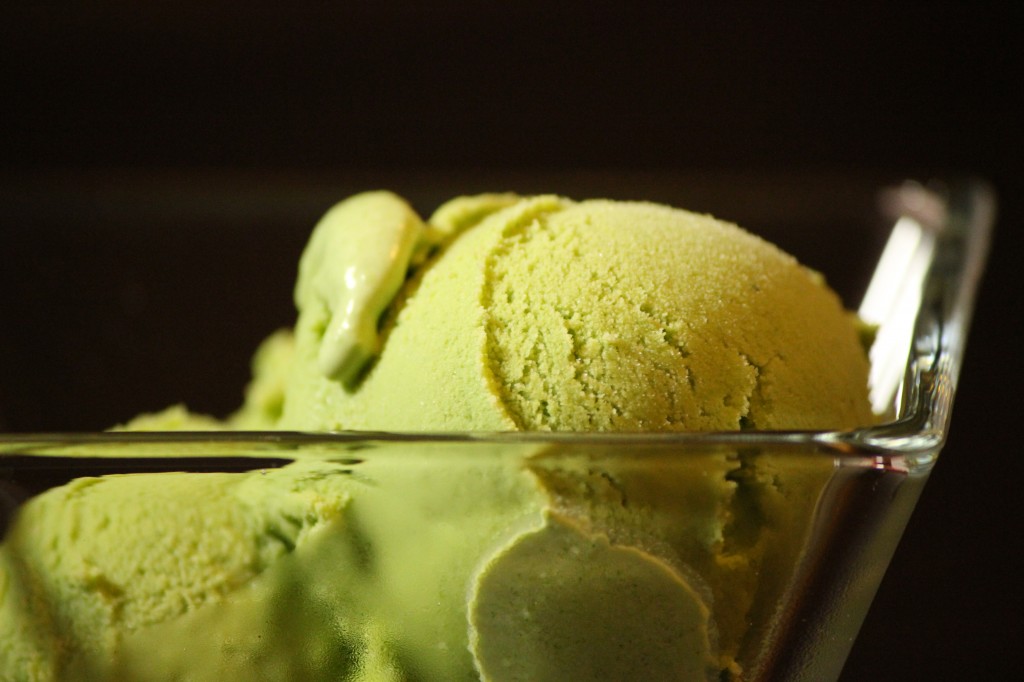The kale has arrived. We got our first bunch of the season in this week’s CSA box. As I tried to decide how best to use it, I realized that Brassica oleracea is quite multipurpose. Just think of the possibilities: kale can be oven-baked to make crispy chips, dressed to make a fabulous raw salad, turned into soup, added to your favorite stir-fry vegetables, pureed with fresh fruit for a colorful smoothie, and food-processed into tiny bits for a pesto-style pasta sauce. Its jade green color and wavy texture can add interest to a pot of mashed potatoes or you can massage it with salt and lemon juice to soften it while saving on cooking time. If I’m counting correctly, that’s kale 8 ways. Many people I know have never bought it, which may explain why the grocery store clerk is perplexed when I do. Invariably, she checks her cheat sheet, probably wondering, “Isn’t that the leathery green veggie normally relegated to decorating ice in the salad bar?”

As a dietitian, I’ve developed quite a fondness for it, nutritionally and gastronomically. For the diet-conscious, kale is proudly vegan, gluten-free, and cholesterol-free. The American Institute for Cancer Research encourages us to eat more cruciferous vegetables and kale fits the bill (veggies from the cruciferae family, like kale, broccoli and cauliflower, are especially powerful disease-fighters). Consider that it is a respectable source of calcium, potassium and vitamin K and it makes a satisfactory contribution to your daily fiber goal. At just 34 calories a cup, it is most definitely what I’d call a nutrient-dense food.
But, when I mention kale as a healthful choice, the most common question I get is, “What do you do with it?” Really, what can’t you do with it? Since you might need a little inspiration, I’m including links to two of my favorite recipes to get you started:
• Winter Pasta (Here, the kale is processed with goat cheese and olive oil to make a vibrant pasta sauce. Despite the name, it makes a yummy summer meal as well.)
• Crunchy Green Tahini Salad (Using this salad as a base, it can be embellished with your favorite ingredients. The dressing really seems to pull even unusual flavor combinations together nicely.)
There are several different varieties of kale (like curly, lacinato, and red winter), so you might experiment a bit until you hit upon your favorite. I find that the firmer texture is very appealing compared to some other leafy greens that can get slightly mushy with cooking like Swiss chard and spinach. The ruffled crunchiness stands up well to cooking, it seems to last several days in the refrigerator without wilting and you can actually freeze it, too.
Thankfully, innovative chefs are wise to this vegetable’s versatility. The clever folks at Mallard in Bellingham, Washington recently turned it into ice cream. The result looks a lot like green tea ice cream and tastes a lot like vanilla, only fresh from the garden somehow. Though not the healthiest vehicle, I suppose if you’re hesitant about this untried emerald plant, freezing it with sweet cream, milk and eggs is probably the best bet for convincing your tongue to give it a try.
Do you have any suggestions for using kale in a tasty way?

Kristine Duncan, Registered Dietitian
I’m a Registered Dietitian, the author of Veg Girl RD, and a vegetarian who loves to eat. I’m a nutrition nerd who teaches at the University of Washington and Skagit Valley College. I also write about nutrition professionally for magazines and books. If you want to know more, check out my About page.


